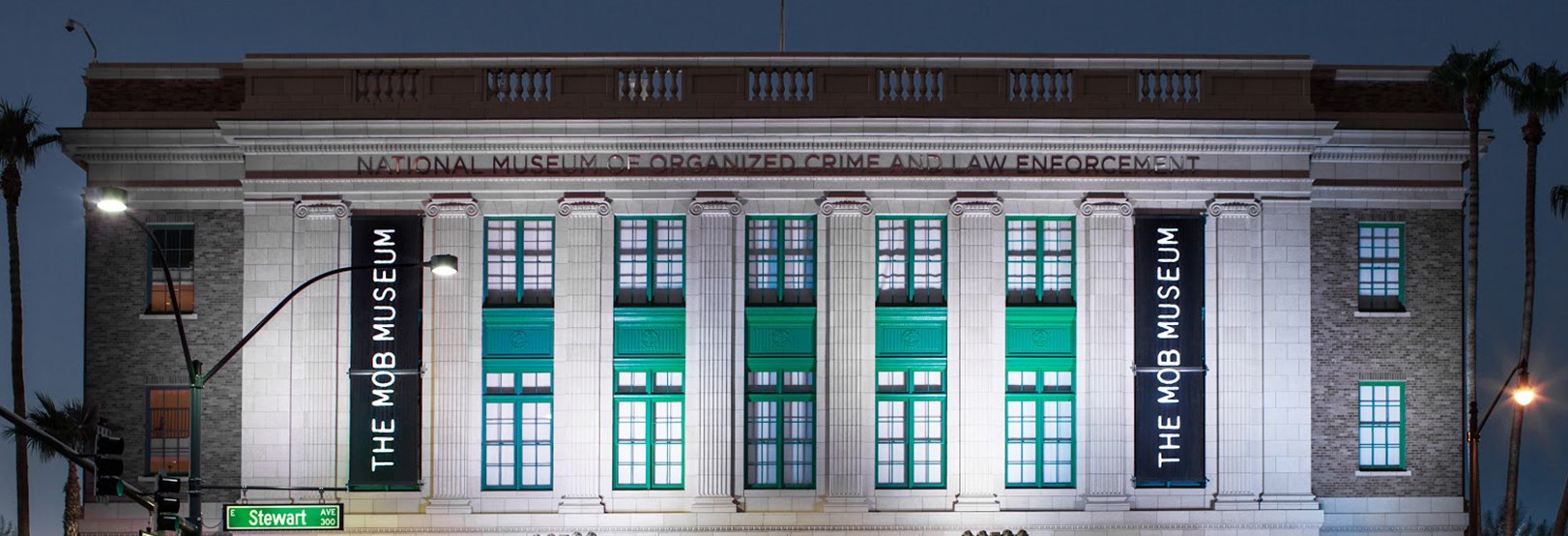The Buffalo Mafia’s ill-advised art thefts
Fallout from a million-dollar art burglary crippled the Magaddino crime family
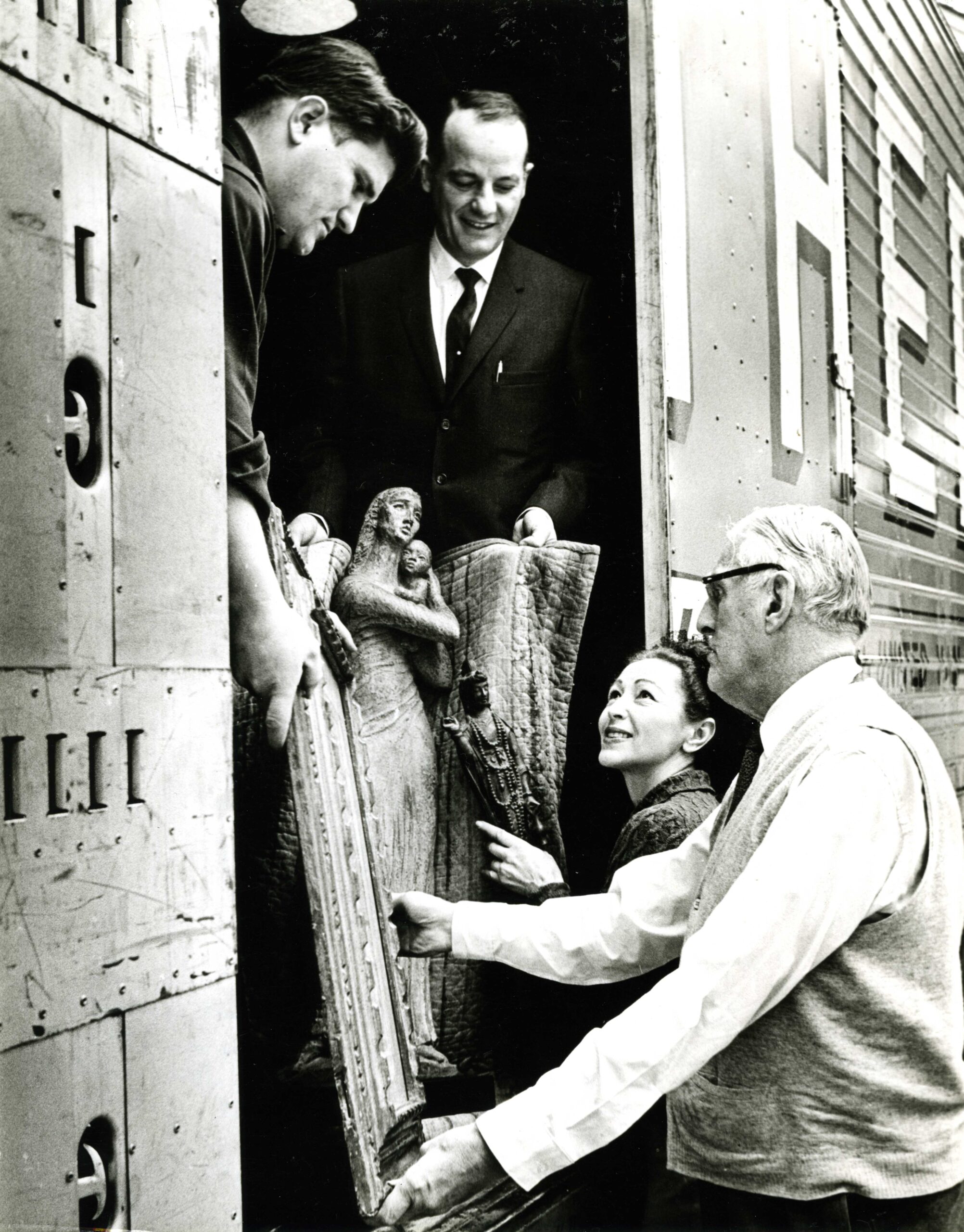
“Art Collection Is Looted; Loss Put at $1.3 million,” read a headline in the August 22, 1968, edition of the New York Times. In the middle of the night, burglars broke into the home of art collector T. Edward Hanley and walked off with 14 paintings and two statues while Hanley slept in his bed.
Associates of the Buffalo Mafia orchestrated the theft under the oversight of crime boss Stefano Magaddino, whose reign was nearing its end. The theft gave the FBI the perfect opportunity to take down the Mafia in Buffalo, New York. Magaddino found his empire in danger from an unexpected source: Hanley’s determined and eccentric wife.
The rise of Stefano Magaddino
The Buffalo crime family flourished from 1922 until 1969 under the leadership of Stefano Magaddino. Magaddino was born in Sicily on October 10, 1891. Both of his grandfathers had been leaders of separate factions of the Sicilian Mafia. He eventually moved to the United States, lived in New York City and joined the family business. However, in 1921 he was arrested for participation in a revenge killing in New Jersey. Fearing retaliation, Magaddino fled upstate to Buffalo.
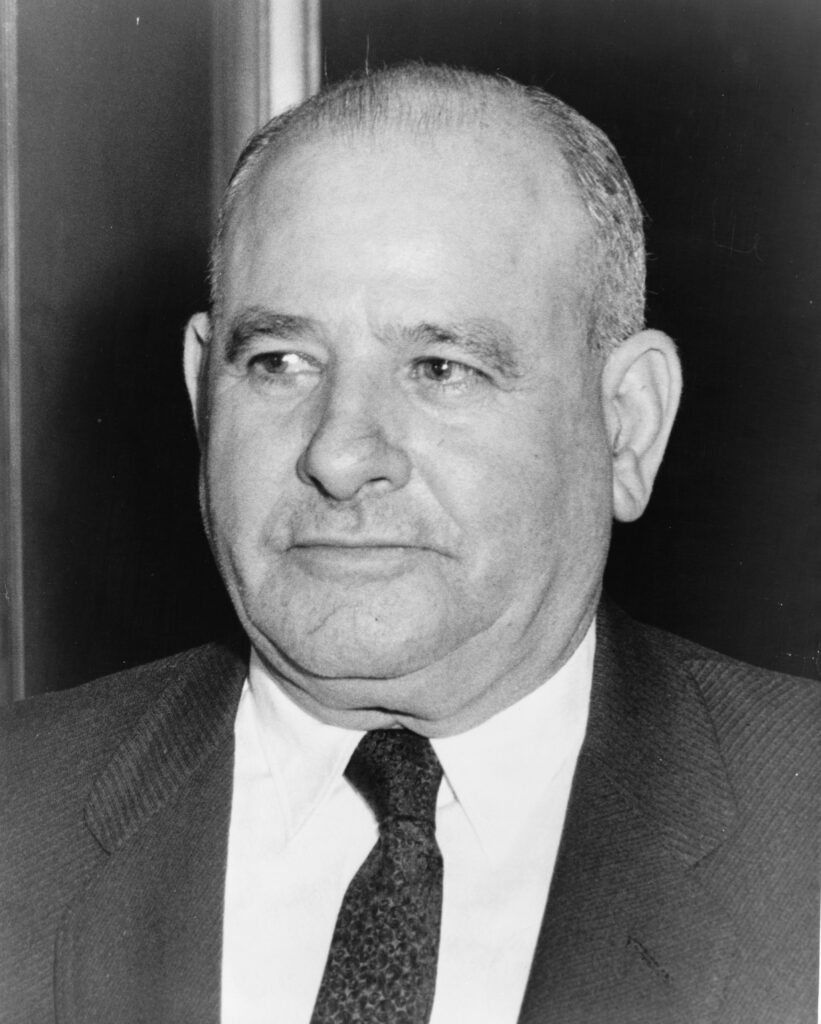
At the time, the Buffalo Mafia needed new leadership. The Buffalo crime family was formed in 1912 by Joseph DiCarlo and Angelo “Buffalo Bill” Palmieri as boss and underboss, respectively. DiCarlo ran the Buffalo family until his death in 1922. Palmieri then invited Magaddino to take over for DiCarlo.
Upon his arrival, Magaddino began to build an empire in western New York. Accompanying his illegal rackets were legitimate businesses, including the Magaddino Memorial Chapel, the Power City Distributing Company of Niagara Falls and the Camelia Linen Supply Company of Buffalo. His consigliere was Buffalo insider John C. Montana, a former city council member and businessman.
Magaddino was one of the founding members of the Commission, the overarching organization that linked the nation’s Mafia syndicates together beginning in the 1930s. For years he stayed under the radar, until the Mafia drew the FBI’s attention in 1957.
Apalachin and ‘Little Apalachin’
On November 14, 1957, at Magaddino’s insistence, members of the Commission from across the country gathered in the small town of Apalachin, New York. The meeting was meant to work out, among other things, issues surrounding the recent killing of New York Mafia boss Albert Anastasia. According to Magaddino, this was the ideal setting for easing tensions because the local police were simple farmers with no understanding of organized crime.
Contrary to Magaddino’s belief, the arrival of limousines and a bunch of men in tailored suits in the small hamlet sparked a reaction from the New York State Police. They raided the meeting at the home of Pittston, Pennsylvania, mob boss Joseph Barbara and arrested many Mafia members. Magaddino, who had underestimated the police, escaped by traipsing through the muddy woods in his suit. Unfortunately, the same was not true for John C. Montana, whose capture destroyed his mainstream reputation. After the Apalachin bust, FBI leaders made it their mission to bring down organized crime.
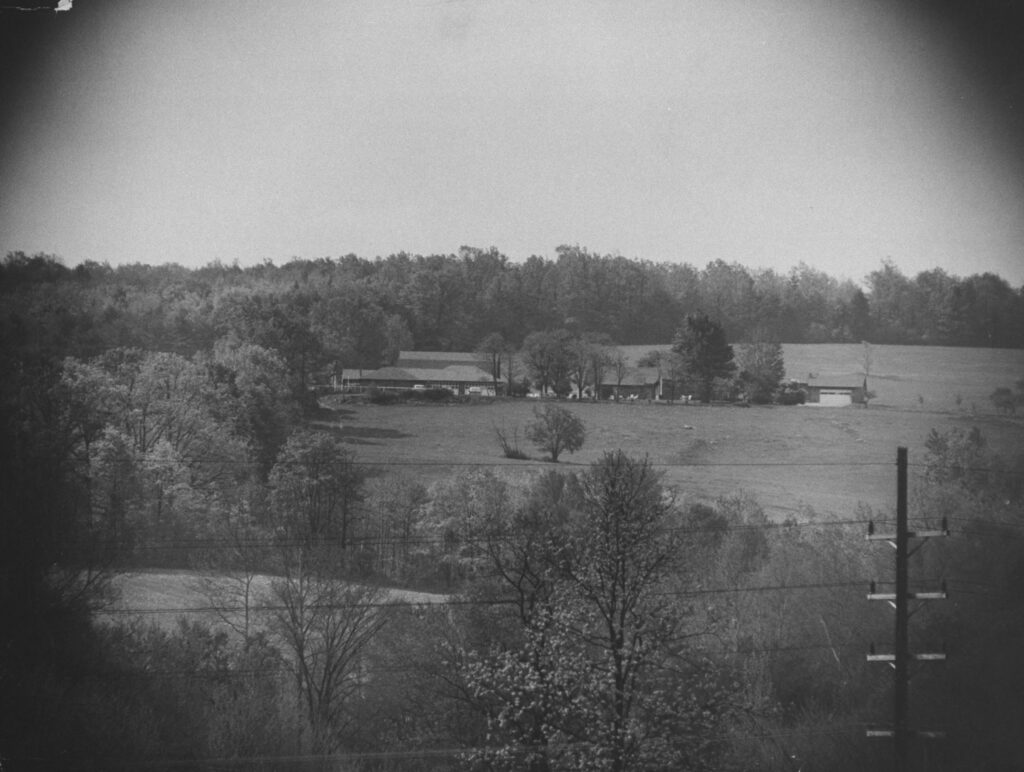
By the 1960s, FBI agents were in Buffalo investigating Magaddino. In 1967, they caught a huge break. In a repeat of 1957, almost every member of the Magaddino crime family, besides Stefano and his son, was arrested in an illegal gambling hall in the basement of Panaro’s Snowball Lounge. The raid became known as “Little Apalachin.”
Later that year, the FBI arrested a low-level thug named Pasquale “Paddy” Calabrese for a number of burglaries. The Magaddino bosses made the mistake of ignoring their underling’s plight, so he turned on them. He informed the police that he committed the robberies on the orders of underboss Frederico G. “The Wolf” Randaccio and capo Pat Natarelli. On December 11, 1967, Randaccio and Natarelli were convicted of orchestrating the robberies and sent to prison for 20 years each in a major blow to Magaddino’s operation.
By this time, Magaddino was the oldest member of the Commission and the longest-reigning boss. But his empire was crumbling.
Magaddino burglary ring
The Magaddino family relied on burglary for extra money. The burglary ring was controlled by John C. Sacco, with three main figures in his ranks: Russell DeCicco, Gregory Parness and Louis Mavrakis. The FBI was working to take them down when an informant stepped up — Gregory’s brother, Paul Parness. Paul informed the FBI that Sacco had big connections with other bosses, including Russell Bufalino, the successor of Barbara as head of the Pittston crime family. In April 1968, Sacco and Bufalino began working together in the burglary ring. Their first job was for Bufalino to hawk 60 stolen color television sets. Thanks to Paul, the FBI recovered the TV sets before the burglars could carry out their plan.
Their situation went from bad to worse when the thieves targeted a wealthy art collector.
The art collector
T. Edward Hanley, born in 1893, was a wealthy physician who had inherited much of his money from his family’s brick manufacturing company and Pennsylvania oil and gas industry investments. He used his allowance to collect rare books and art beginning in his sophomore year at Harvard University. His collection included works by D.H. Lawrence, George Bernard Shaw, T.S. Eliot, Oscar Wilde and Elizabeth Barrett Browning. His most prized possessions were an original edition of Walt Whitman’s Leaves of Grass and the corrected page proofs from James Joyce’s Ulysses.
Hanley’s taste in art ran mostly to impressionist and post-impressionist artists, although he also collected works by 19th century American artists. Represented in his collection were artists such as Pierre-Auguste Renoir, Rembrandt Peale, Gilbert Stuart, Pablo Picasso and Paul Cézanne. He built a generous reputation for donating and/or loaning much of his collections to museums and universities. Buffalo’s Albright-Knox Art Gallery displayed his paintings in 1944, and in 1967, he displayed 300 pieces at Huntington Hartford’s Art Gallery in New York City. All of this made it well known to the world — and the Mafia — that Hanley had a vast and valuable collection.
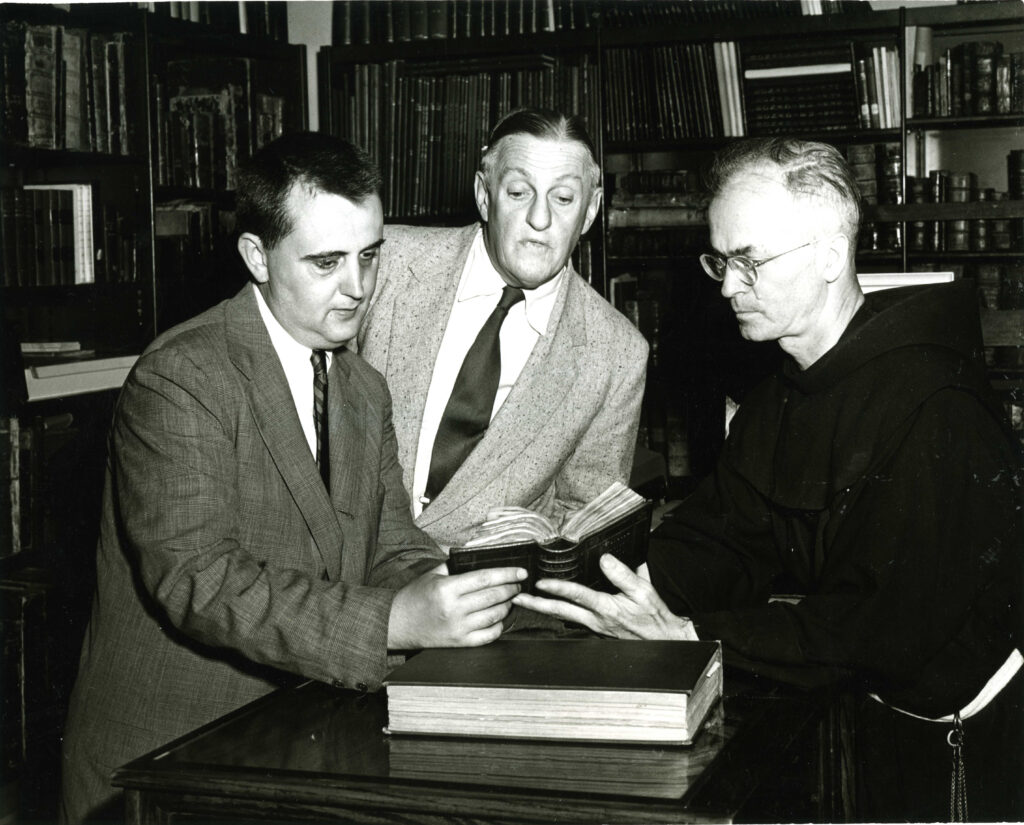
The late-night larceny
On August 21, 1968, DeCicco and Mavrakis burglarized Hanley’s home. According to the New York Times, the thieves broke in through the kitchen and forced their way into his gallery. They walked off with 14 framed paintings and two bronze statues. Hanley, in poor health, was asleep in an upstairs bedroom.
Among the stolen artwork were paintings by Francisco Goya, Renoir, François Boucher and Henri Fantin-Latour. In addition, the burglars took two statues by Edgar Degas and Auguste Rodin, worth about $25,000 each. The most valuable pieces stolen were Picasso’s Au Moulin Rouge, at the time worth $500,000, and Cézanne’s Portrait of Vallier, valued at $450,000.
The next day, Hanley’s wife Tullah, returned to their home from a business trip and assessed the situation. The value of the stolen artwork came to $1,394,250, as reported by the Chicago Tribune. She was adamant that the paintings would be returned and would take down whoever broke into their home. This became the Buffalo Mafia’s glaring misstep, which would soon lead to the boss’s downfall.
Mrs. Hanley vs. the Mafia
Hanley met Tullah in 1945 at a club in Buffalo, where she worked as a belly dancer. He quickly became infatuated with the half-Hungarian, half-Egyptian dancer and divorced his wife to be with her. The couple wed on Christmas Day 1948. According to her death notice in the Buffalo News, she once boasted, “I was Ed Hanley’s most treasured acquisition.”
After informing the police of the value of the stolen artwork, she took matters into her own hands. “The thieves did not know what to take, what they might be able to sell,” Mrs. Hanley said in a press release reported by the New York Times, “Nobody in the world will buy them. No art dealer or collector would buy them. They could not sell them.” She offered “a reasonable sum of money with no questions asked” for their safe return. “We are going to get them back. Of that I am definitely sure,” she said and criticized the theft as “definitely a job by local amateurs, not the work of professionals.”
While Tullah suspected amateurs, the New York State Police captain later admitted to the Bradford Era that the burglary “had a definite Cosa Nostra flavor.”
Catching the crooks
In the meantime, the “amateur” Buffalo Mafia burglars needed to figure out what to do with the stolen art. Paul Parness, the FBI’s informant, said the burglary was committed by Russell DeCicco and Louis Mavrakis with help from DeCicco’s wife, Renée, and Parness’ brother, Greg. He also stated that the paintings were stored not far from the Hanley home. The FBI sent an undercover agent posing as a crooked art dealer. DeCicco fell for the ruse and guaranteed that he would get the paintings to the buyer in Buffalo.
On August 29, DeCicco, Parness and Mavrakis left Buffalo for the Bradford area to retrieve the stolen pieces. Authorities trailed them the entire way from New York to Pennsylvania. When the three burglars arrived at their hiding place, an oil shack near a gas station, they noticed the Pittsburgh FBI trailing them. They immediately returned to their car and hightailed it back to Buffalo. Noticing this change in plans, authorities searched the shack and recovered the stolen art, undamaged. The FBI chose not to prosecute immediately, as they were building a larger case against the Magaddino burglary ring.
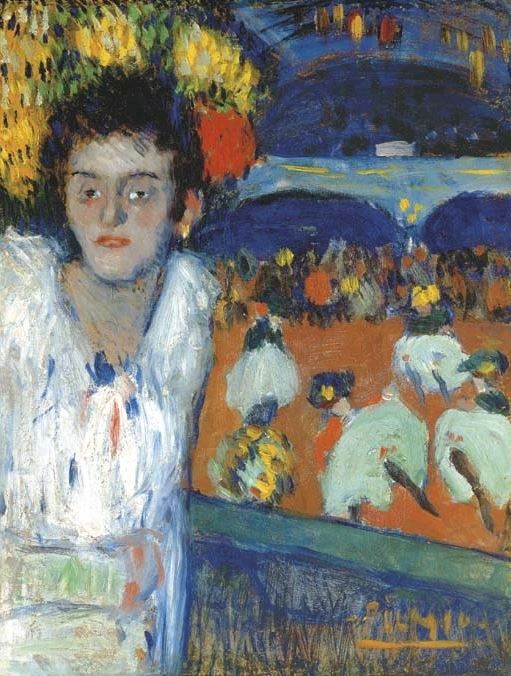
Soon, the burglary ring found more trouble. DeCicco was charged with stealing Rembrandt’s Portrait of a Young Man in an Armchair from the George Eastman Museum in Rochester. Then Parness was tagged for the burglary of $50,000 worth of art from the home of wealthy Buffalo banker Seymour Knox II. It was not until January 1969 that the burglars would face trial for the Hanley art theft.
The Hanley art theft trial
At the trial, the defendants’ mouths were agape when Paul Parness took the stand. He had betrayed them, and none of them — not even his own brother — suspected a thing. However, the trial’s main attraction was the eccentric Tullah Hanley. While it is uncertain what she wore to the trial, the Buffalo News reported after her death that she was “a flashy dresser, her trademarks were low-cut, skin-tight outfits topped off with a turban or a feathered hat.” Joe Griffin, former Buffalo FBI agent and author of Mob Nemesis: How the FBI Crippled Organized Crime, described her at the trial as such:
“She was some ticket: about seventy years old but very well preserved, she told me during our court break conversations that her political affiliation was ‘sexually progressive,’ and that she was a ‘twelve o’clock woman in a nine o’clock town.’”
She made a bigger splash when she tried to talk with Renée DeCicco during every break. Griffin and his partner approached Tullah to ask why she wanted to communicate with Mrs. DeCicco, and she bluntly stated she was trying to coerce Renée and her husband into a ménage à trois. The agents, likely taken aback, unsuccessfully told her to stop.
The prosecuting attorneys brought up the issue during the trial, and the judge ordered Tullah to stop badgering the defendants. Any romantic prospects were quashed when the defendants were convicted and sentenced to five-year prison terms, although Renée only received three years.
This was another crippling blow to Magaddino’s empire.
A belly dance in front of priests
T. Edward Hanley did not attend the trial because Tullah never told him about the burglary. As she reasoned, “it would kill him.” Soon after the trial, on April 9, 1969, Hanley died. After the trial, Tullah wanted to display some of the stolen artwork at Buffalo’s Canisius College. The FBI agreed to deliver the art to the college instead of bringing it back to her. Tullah rolled up with paintings covered in FBI evidence tape during an event at the college.
Griffin, who attended the event, remembered that Tullah “delivered a brief, beautiful, and touching speech in her lilting Hungarian accent.” She then performed a belly dance routine for the formal audience of college officials, art connoisseurs, priests and FBI agents. She concluded with a handstand that left her exposed. Afterward, Griffin said: “Those of us from the FBI roared with laughter all the way back to the office.”
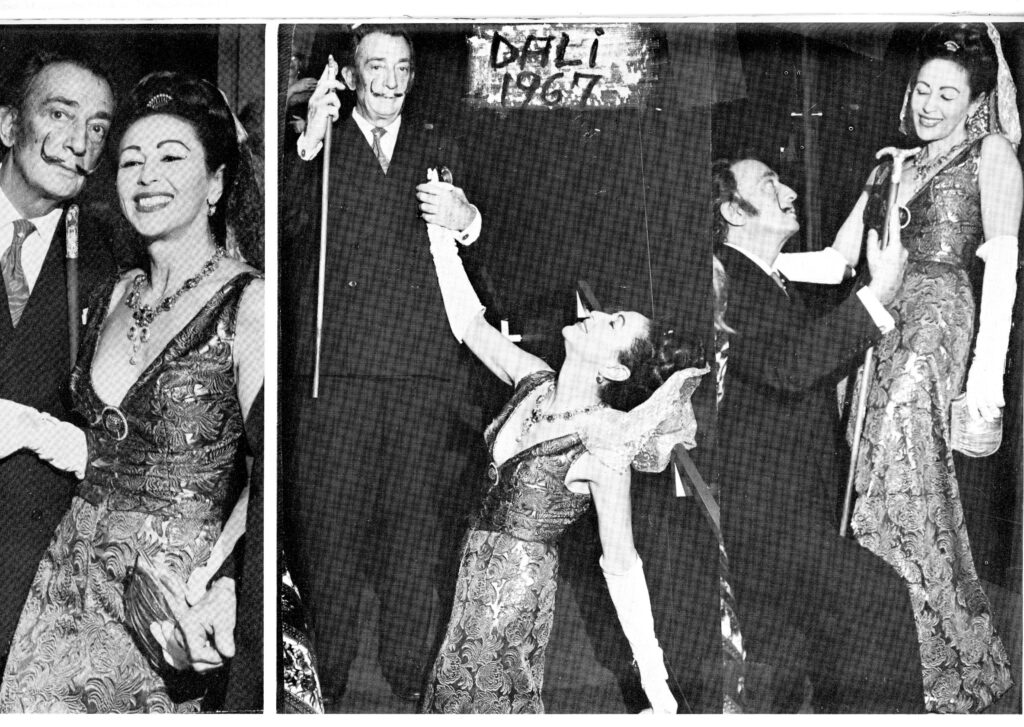
Tullah continued to shock society for the rest of her life. She put on an elaborate show in 1970 during the opening night festivities for an exhibition of art she donated to the San Francisco-based M.H. de Young Museum. According to the New York Times, she changed five times into ever-more-revealing outfits, danced to live rock music with women covered in only body paint, wrote her own sexual-innuendo-infused labels for each piece of artwork called “Tullah’s Notes,” and gave the embarrassed San Francisco mayor a private belly dance. Despite her quirky behavior, Tullah continued her late husband’s philanthropy and donated the rest of his collection to museums and universities around the country. She died in 1992 at age 66.
The end of Stefano Magaddino
As for the Magaddino crime family, Stefano’s days as a powerful boss were already over. In November 1968, the FBI investigated illegal horse race betting involving Stefano’s son, Peter. After the FBI obtained a warrant to search Peter’s home, agents recovered $473,000 linked to the betting ring.
This gave the FBI probable cause to search Stefano’s house. During the search, Stefano feigned a heart attack. He did have heart troubles, but a doctor at the scene proved he was faking it. Stefano was arrested, but never faced any jail time because his lawyers kept delaying the trial on account of their client’s alleged heart condition.
Although Magaddino escaped jail time, his once-commanding leadership was hampered by failing health and dwindling funds. He died of a heart attack at his home in 1974.
Timothy Brown is a Ph.D. Student in history at the University of Connecticut. He received his master’s degree in history from the University of Nevada, Las Vegas. He served as an intern at The Mob Museum in 2021.
Feedback or questions? Email blog@themobmuseum.org





